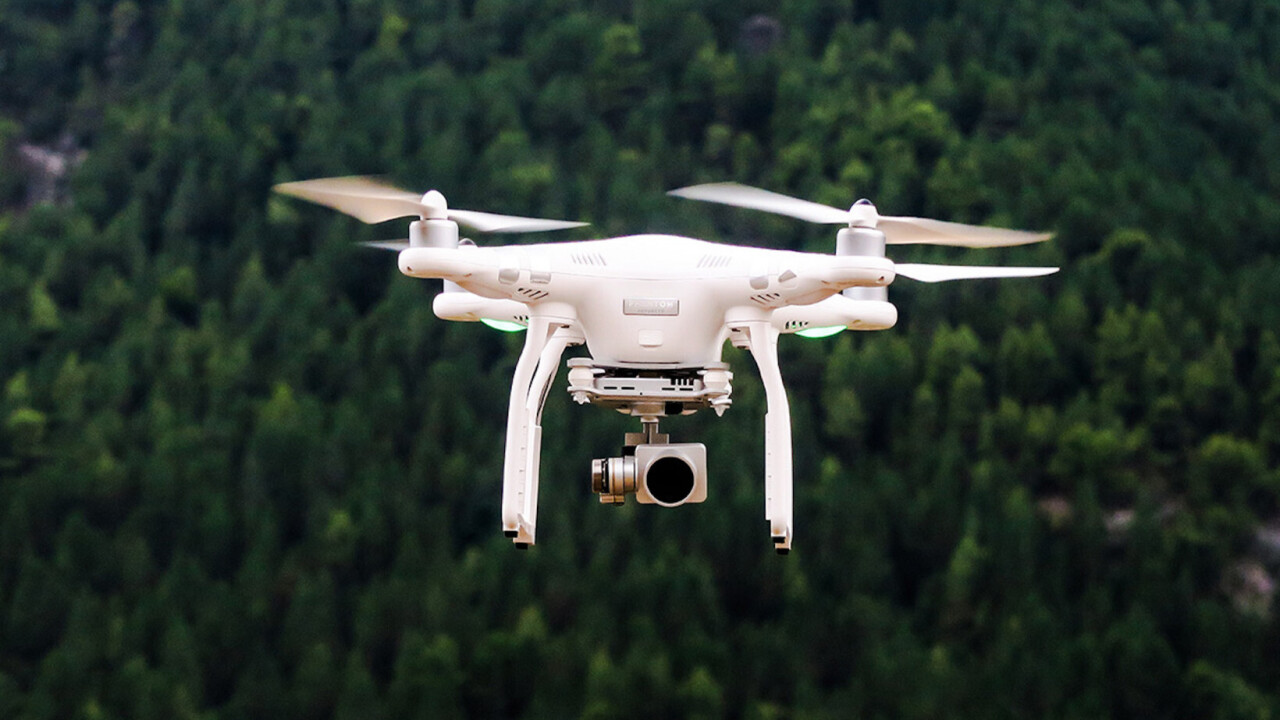
Drones in Construction: Aerial Solutions for Safer, Faster, and More Efficient Projects
1. Site Surveying: Accurate and Efficient Land Analysis
In traditional construction projects, surveying a site can take days or even weeks, depending on the complexity of the land and terrain. Drones are now equipped with GPS and high-definition cameras that enable precise and quick surveying of large areas.
Speed: Drones can survey vast plots of land in just a few hours, dramatically reducing the time needed for manual surveying.
Accuracy: Equipped with advanced mapping technology, drones can generate 3D models of a site, ensuring that project managers have highly accurate data on which to base their plans.
These rapid, accurate surveys help ensure that the project begins on a solid foundation, reducing costly delays and mistakes down the line.
2. Construction Monitoring: Keeping Projects on Track
Once construction begins, maintaining an overview of the project’s progress is crucial. Drones are now commonly used to capture aerial images and videos of construction sites, which helps teams monitor the progress of work in real-time.
Progress Tracking: By capturing images from multiple angles, drones provide project managers with a clear view of the progress, helping to ensure that milestones are met.
Quality Control: Drones can identify potential issues that may not be easily visible from the ground, such as structural integrity concerns, material shortages, or deviations from the original plans.
Remote Access: For large projects with difficult-to-reach areas, drones allow managers to remotely monitor conditions, improving the efficiency of site inspections.
This improves oversight, reduces the risk of errors, and helps construction companies keep projects on time and within budget.
3. Safety: Reducing Risk for Workers
The construction industry is known for its high number of workplace accidents, but drones are helping to improve safety on construction sites by reducing the need for workers to perform dangerous tasks.
Dangerous Terrain Access: Drones can be used to inspect structures or areas that would otherwise require workers to climb scaffolding or work in hazardous conditions.
Monitoring Hazardous Activities: Drones can monitor ongoing construction activities, making sure that safety protocols are being followed and identifying potential risks before they lead to accidents.
By reducing the need for human labor in dangerous situations, drones are making construction sites safer for workers.
4. Maintenance and Inspection: Long-Term Value
Drones are not only helpful during the construction phase—they also play a critical role in the long-term maintenance and inspection of completed buildings and structures.
Routine Inspections: Drones can regularly inspect buildings, bridges, and other infrastructure to detect wear and tear or damage, saving time and money on costly manual inspections.
Post-Construction Surveys: After a project is completed, drones are invaluable in monitoring the building over time, helping detect issues that may arise months or even years after construction.
Drones make it easier and more cost-effective to maintain and inspect structures, extending the lifespan of construction projects.
5. The Future of Drones in Construction: Greater Integration
As drone technology continues to evolve, we can expect even greater integration of drones in the construction industry. Drones will increasingly work in tandem with other emerging technologies such as artificial intelligence (AI) and building information modeling (BIM) to streamline processes, enhance accuracy, and improve overall project outcomes.
Ultimately, drones will become even more ingrained in the construction process, providing an essential toolkit for builders, engineers, and project managers.
